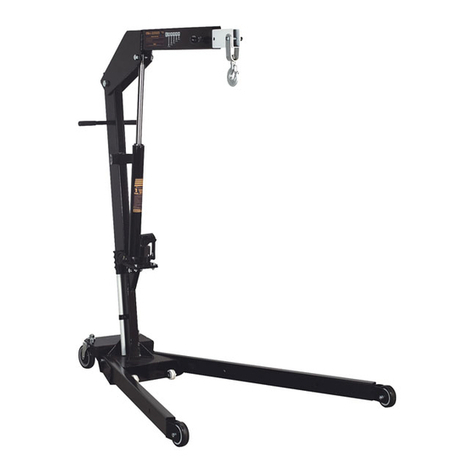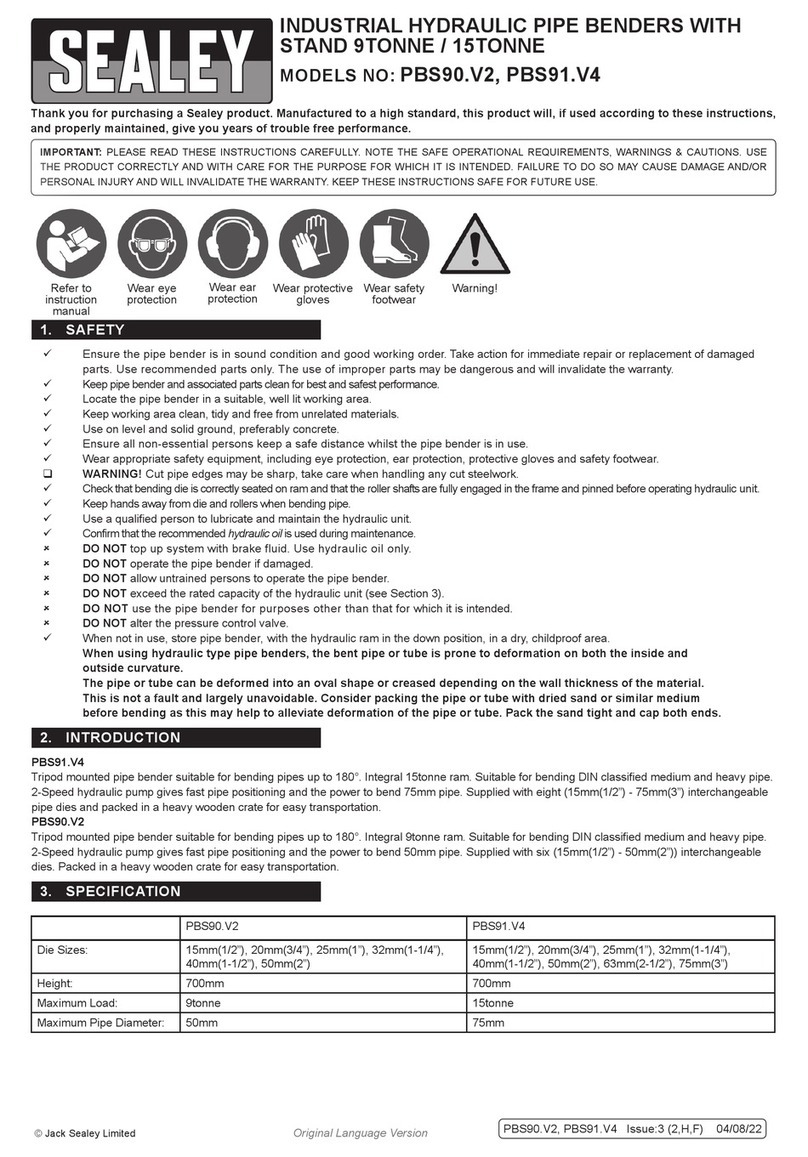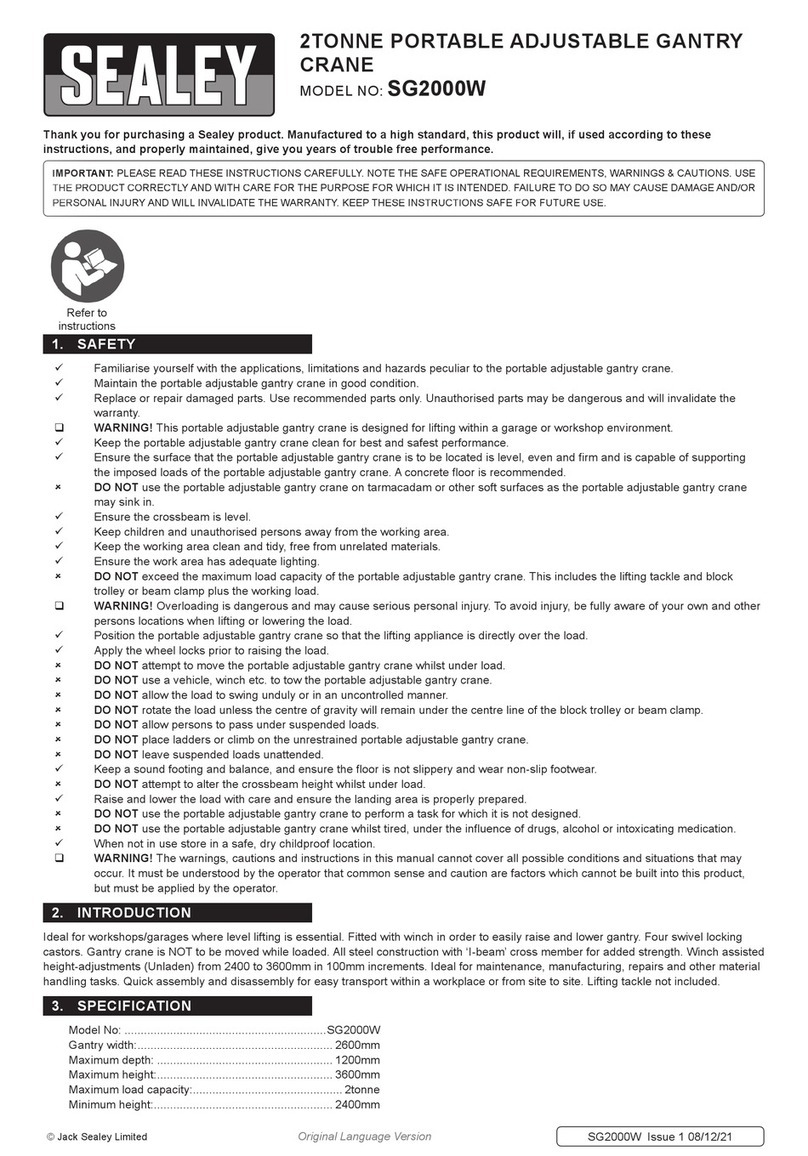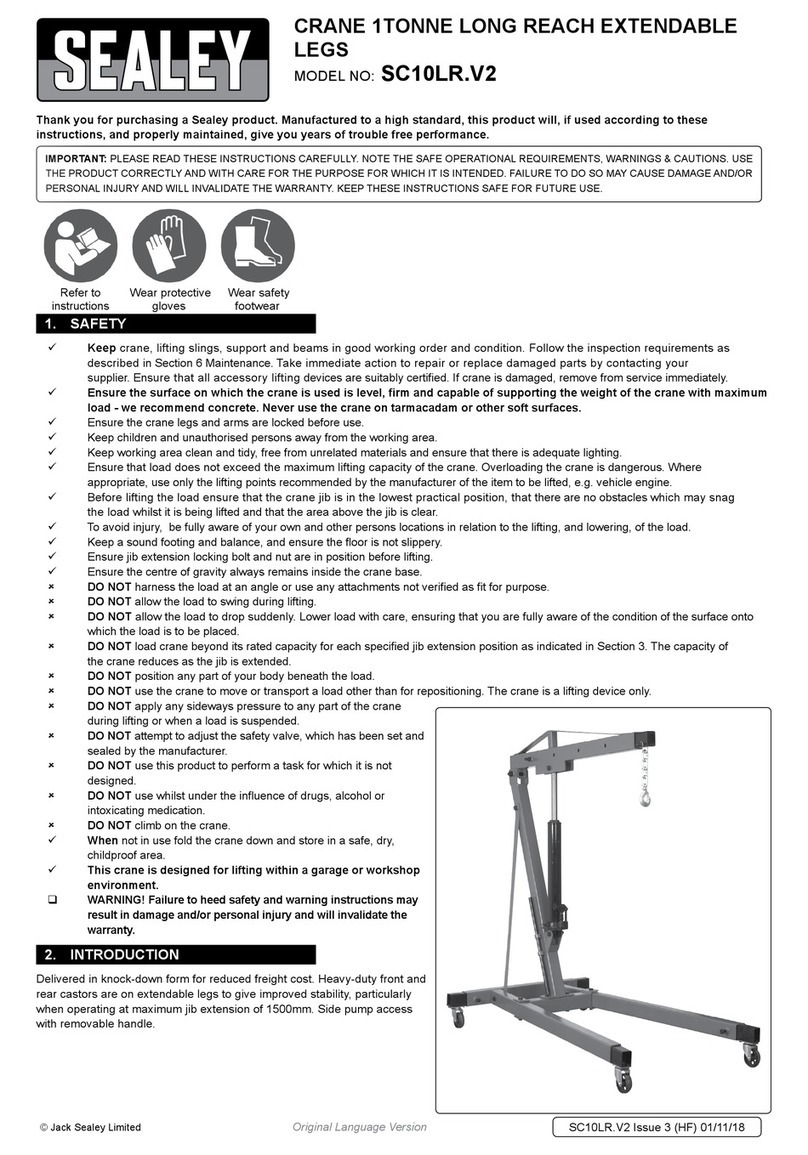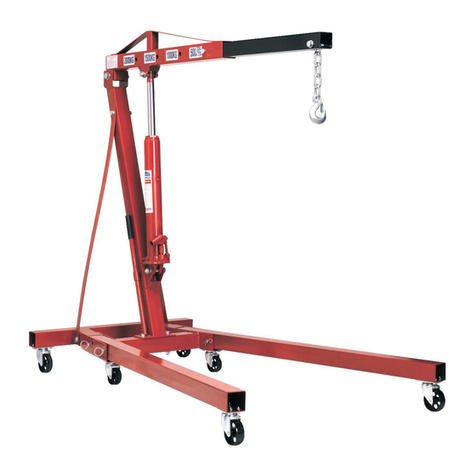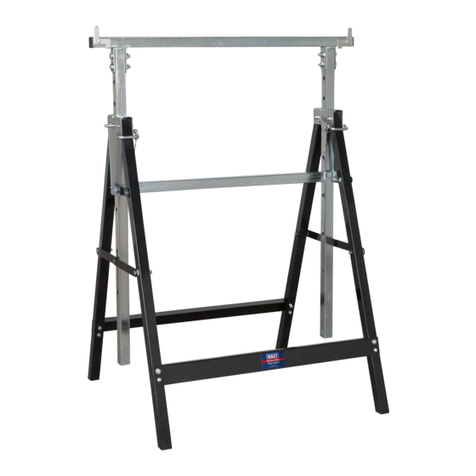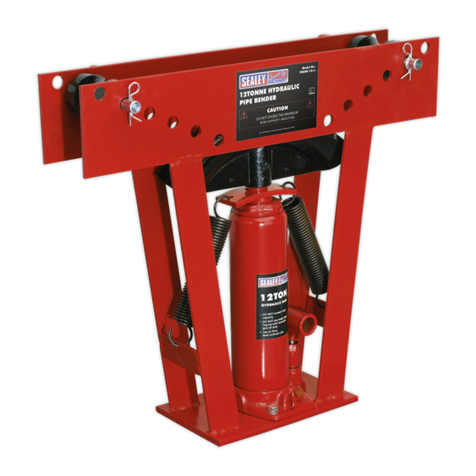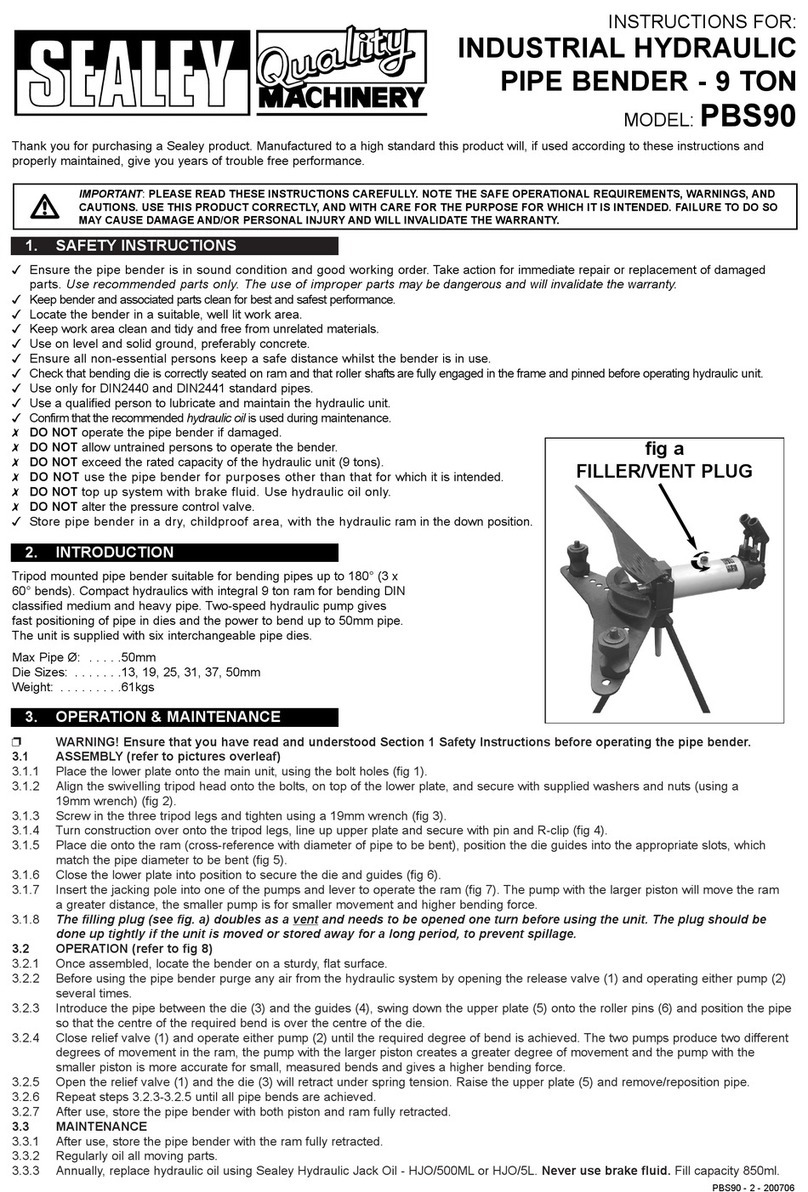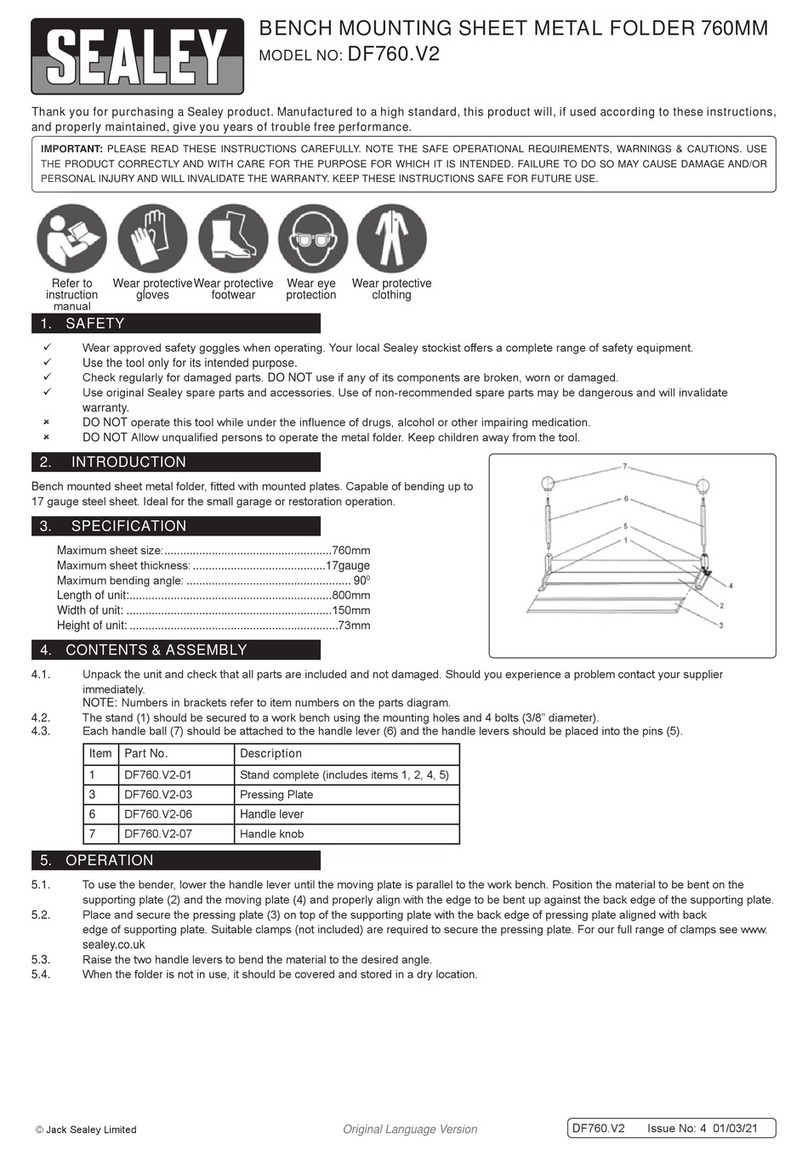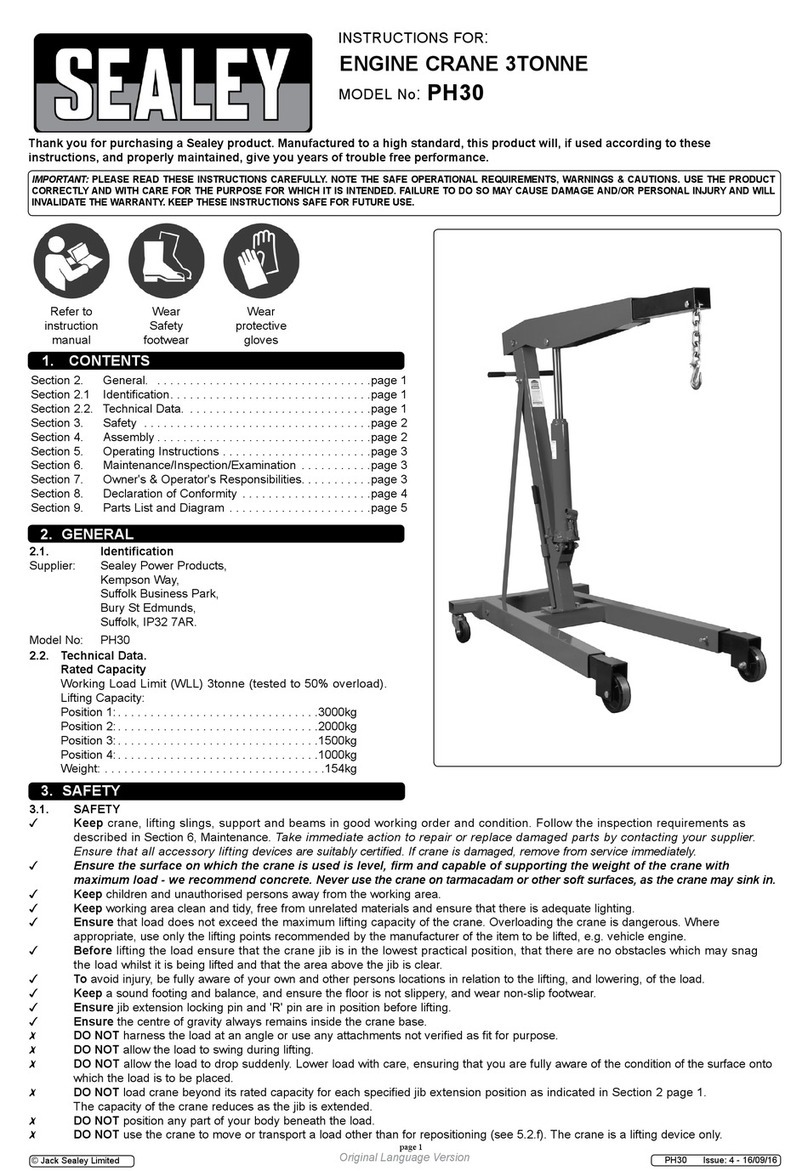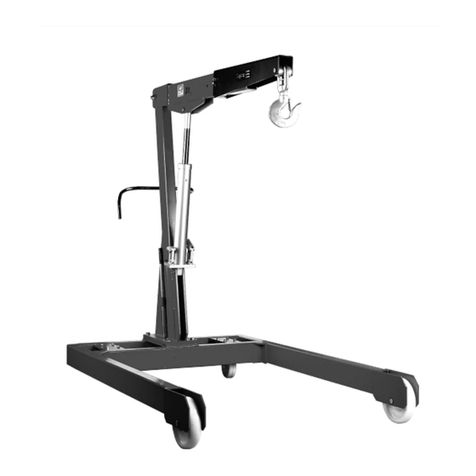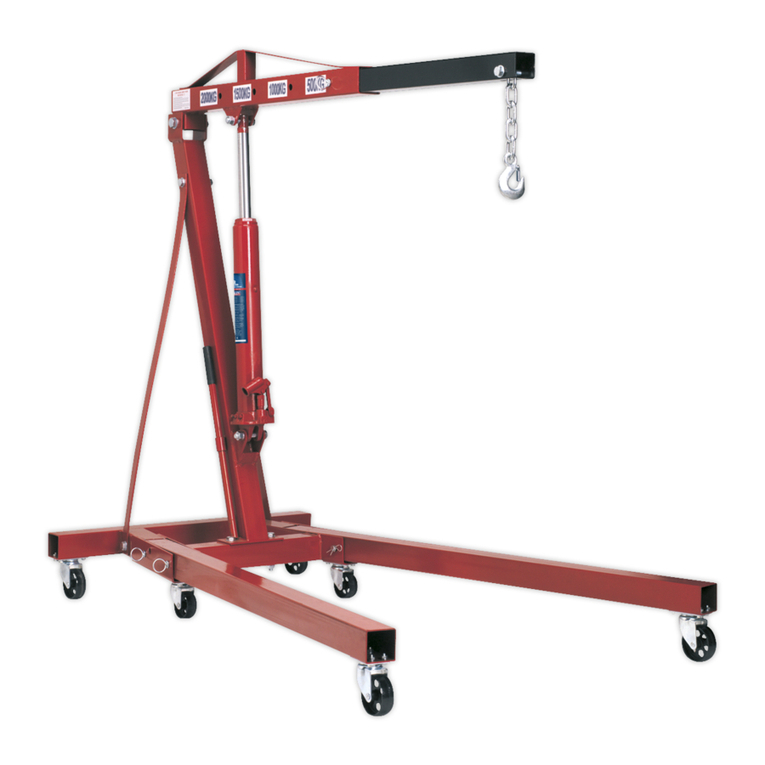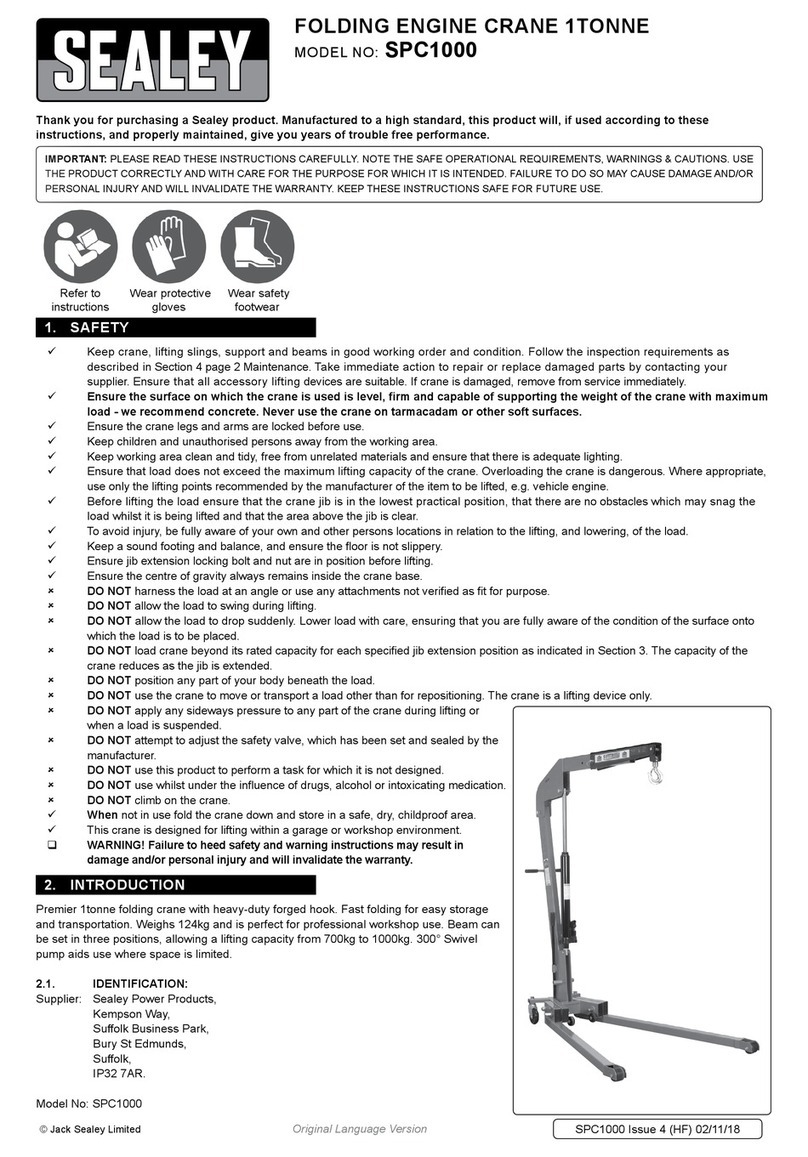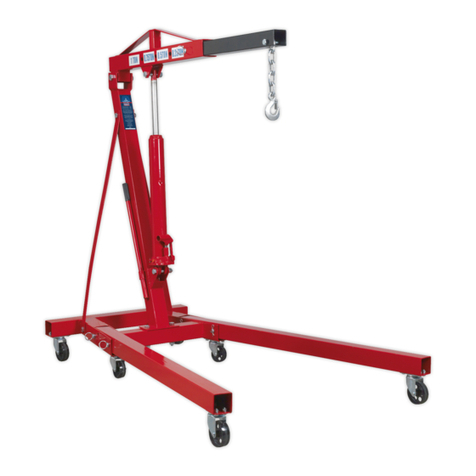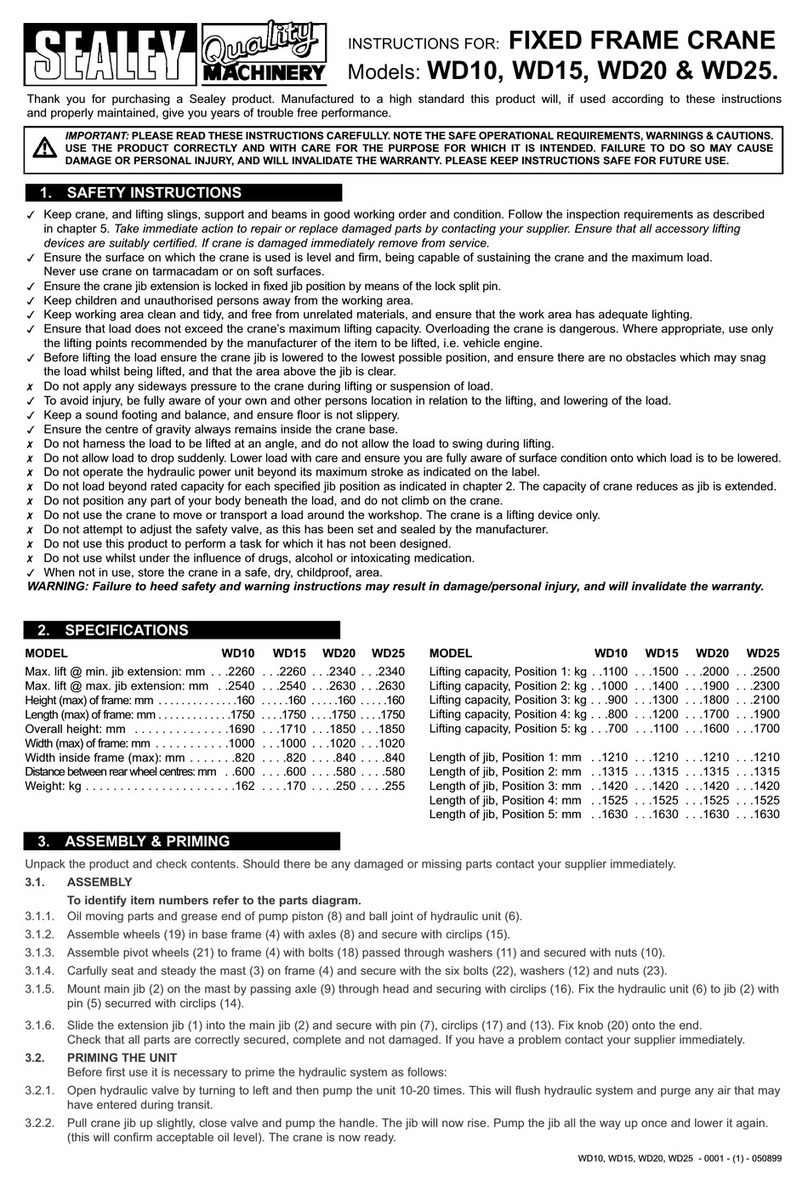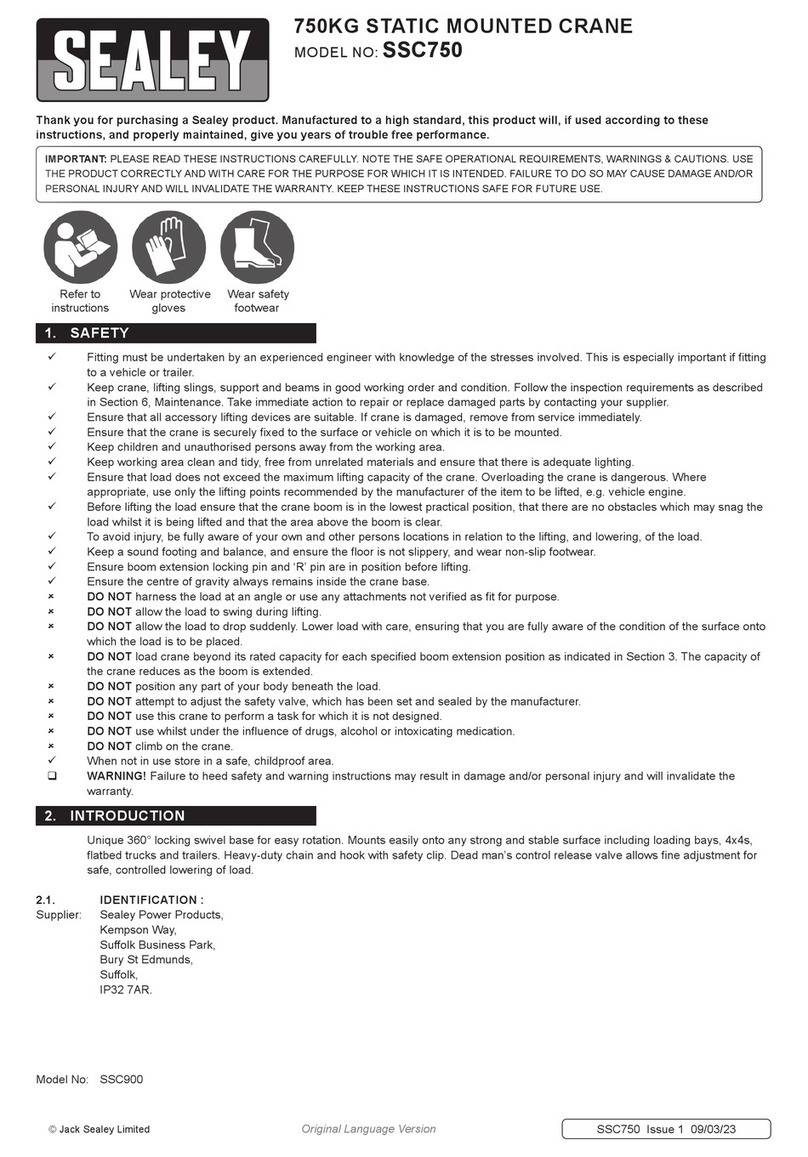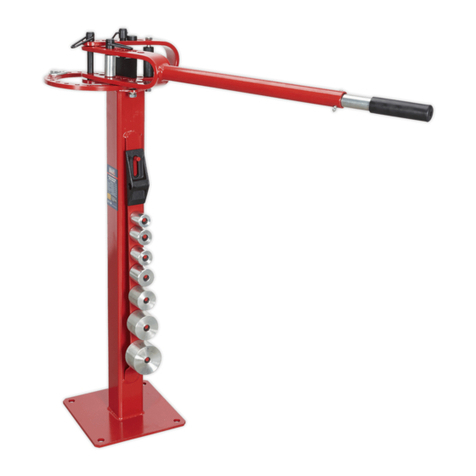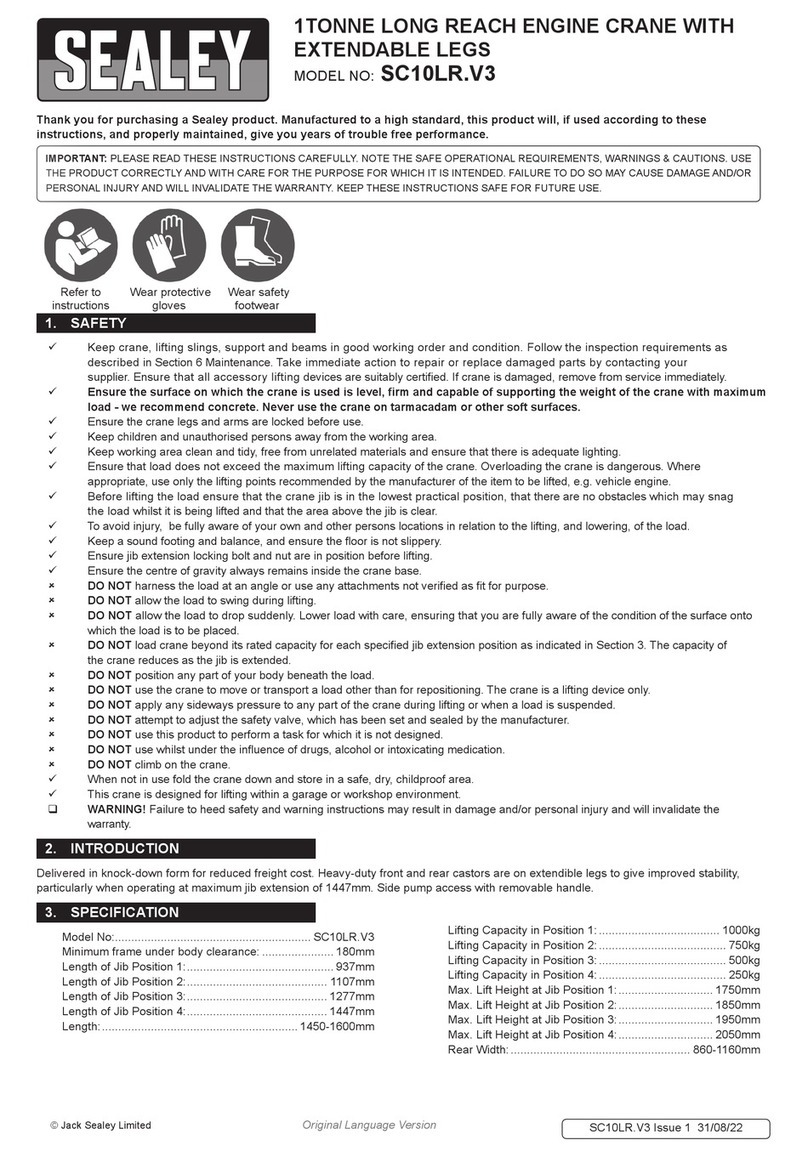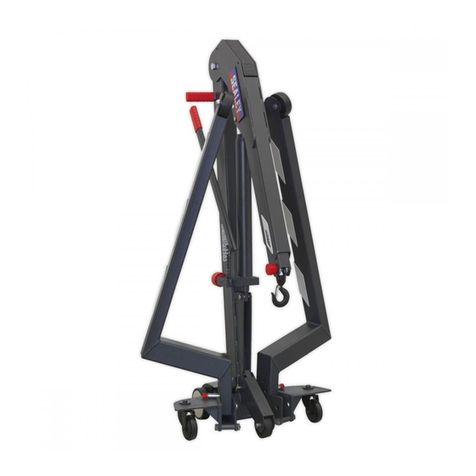
1. SAFETY
9These instructions do not replace existing legislation which should be used as a reference.
9Respect allowable loads for the platforms and structure.
9Horizontal forces should not exceed 30Kg.
9Wind speed limit with stabilizers = 35 km/h.
9For wind speeds above 35 km/h: fasten down the mobile access and working tower.
9For wind speeds above 45 km/h: take down the mobile tower.
8DO NOT position the mobile tower near live unprotected conductors.
9Prohibit access to the equipment when it is positioned in areas accessible to the public.
9 Ensurethereissucientsignageatthesiteincaseoftracandvehicles.
9Check that there are no aerial obstacles in the movement area.
9 Mobileaccessandworkingtowersshouldonlybemovedmanuallywhilstonrmandevenground,andwheretherearenoobstacles
either on the ground or in the air. The speed at which the mobile tower is moved should not exceed a man’s normal walking speed.
9The mobile access and working tower to be moved should not exceed 6m in height, and no-one should be on the equipment whilst it is
being moved.
9 Keepthestabilisersxedonthemobileaccessandworkingtowerwhilstitisbeingmoved.(Theplaybetweenthesupportplatesand
the ground should be reduced to a minimum).
9The ground on which the mobile access and working tower is being moved should be able to support load lowering.
9 Forsoftground(loosesoil,gravel,etc.),ensurethereisaproledtrack.
9 Towerismovedwithtwopeople:themobileaccessandworkingtoweris“PUSHED”atamaximumheightasspeciedbythe
manufacturer; it is not “PULLED”.
9When the mobile access and working tower is left unattended, ensure that the stabilizers are positioned correctly, refer to step 24,
prevent all unauthorised access, and protect from harsh weather conditions
9Prevent all unauthorised access, and protect it from harsh weather conditions.
9Mobile towers are not designed to be covered in sheeting.
9Mobile towers complying with EN 1004-1 are not designed to be used as a means of peripheral protection.
9Mobile towers complying with EN 1004-1 are not designed to be used as a means of entering or exiting other structures, such as a
staircase, for example.
9The instruction manual should be available at the site where the mobile tower is being used.
9 Themobileaccessandworkingtowershouldonlybeusedinaccordancewiththismanual,andshouldnotbemodiedinanyway.
9Mobile access and working towers should only be used in accordance with national regulations.
9The mobile tower should be used intentionally as a means of accessing the working area.
9All components, tools and other necessary equipment to assemble the mobile tower should be available at the site.
9Before assembling the mobile access and working tower, the chosen site should be checked to identify and prevent hazards during its
assembly,modicationanddismantling,including,andwithoutlimitation:
Ground conditions;
The level of the slope;
Obstacles (on the ground or in the air);
Weather conditions;
Hazardous electrical phenomena.
9Assemble the mobile access and working tower according to the instructions in this manual for assembly and use.
9 Ensurethatallnecessarysplitpinsandboltsarermlyinplace.
9Should only be erected and dismantled by personnel trained in assembling and using the mobile tower.
9User training courses are not a substitute for instruction manuals, but can complement them.
9 Onlyoriginalcomponents,asspeciedinthismanual,shouldbeused.
9Damaged or faulty components should not be used.
9For assembling each element, refer to the respective previous diagrams.
9PPE (Personal Protective Equipment) must be worn for assembly and dismantling.
9Stabilizers must always be positioned at an angle; refer to the diagrams and the table in this manual.
9Two-person assembly is required.
9 Dierentlevelscanbeaccessedfrominsidethemobiletowerviathetrapdoors.
9Hauling up items to raise the height of the product can be done from the guard rail side once this has been installed.
9Hauling up tools or other items whilst the product is in use can be done through platform access trap doors.
9This product should only be used in accordance with the instruction manual.
9It is forbidden to:
Use a lifting beam, even a manual one, on the outside of the mobile tower.
Cover the mobile access and working tower in sheeting, even partially.
Increase the height of the tower above the authorised height.
Use components other than the ones that have been supplied and described in the parts list.
Use damaged parts.
Use a mobile access and working tower which has not been assembled vertically (tolerance: 1%).
Use a mobile access and working tower which has not been assembled according to the instructions in this manual.
Create a bridge between a mobile access and working tower and a building, or between two mobile towers.
Lean an access ladder against the mobile tower.
Jump on the platforms.
Use boards as a platform.
Access to the working platform from the outside.
Move the mobile access and working tower on ground which is sloped more than 3%.
Move the mobile access and working tower with a motor vehicle.
Move the mobile access and working tower in wind speeds above 35 km/h.
Move the mobile access and working tower when personnel or equipment are on it.
Lift the mobile access and working tower with a crane or bridge crane.
Original Language Version
© Jack Sealey Limited SSCL.1, SSCL.2, SSCL3, SSCL4 Issue:1 (1) 24/04/23


